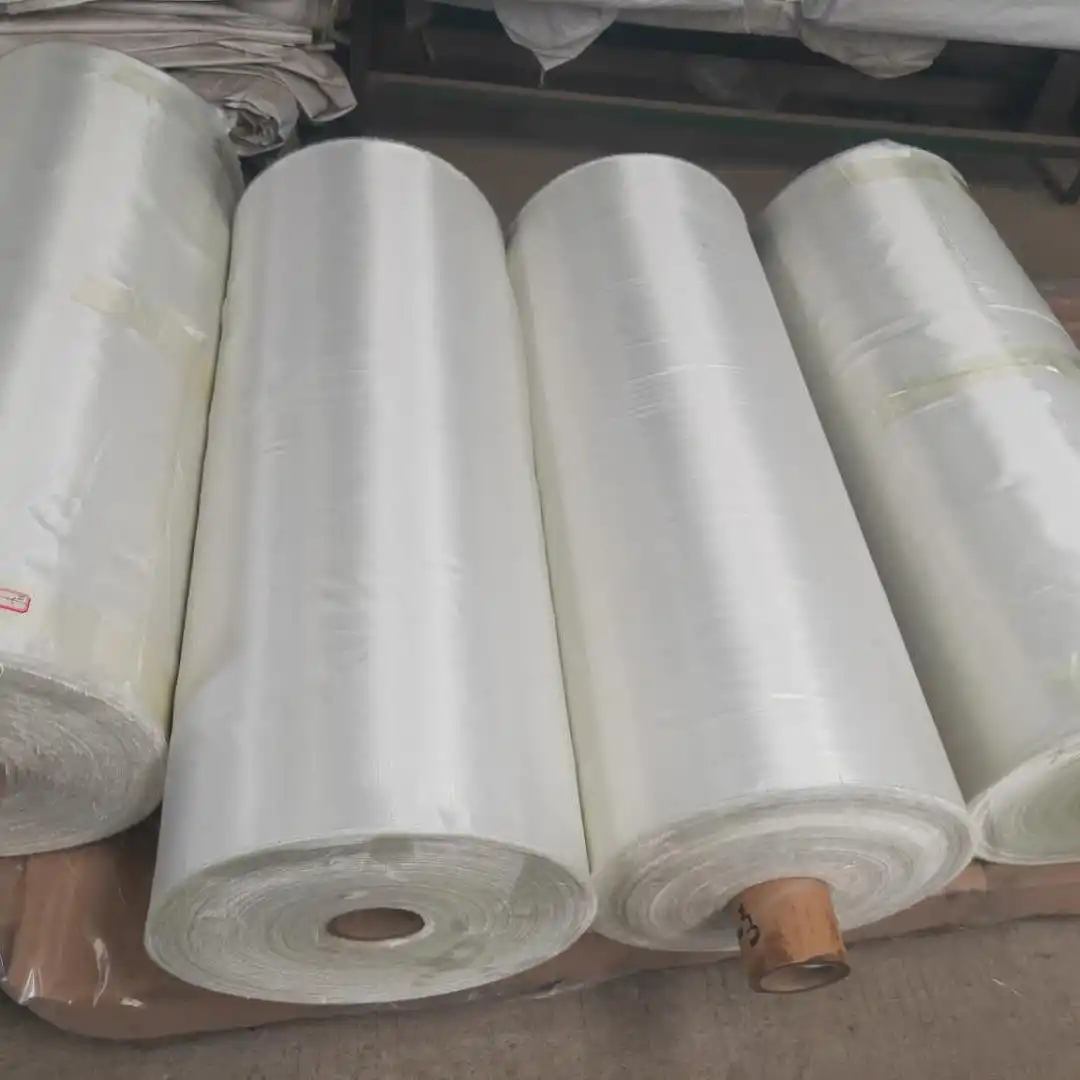As a composite engineer with 12 years of field experience, I’ve seen too many projects derailed by material mismatches. Let’s cut through the marketing hype and compare these reinforcements like we would in our workshop.
Application Scenarios: Where Each Shines
Wind Turbine Blade Repair (China Case Study)
During MingYang Smart Energy’s 2023 offshore wind farm maintenance, we faced a classic dilemma:
- Fiberglass Cloth: Used for 80% of the blade surface (E-glass, 600g/m²)
- Carbon Fiber: Reserved for spar caps (T300, 3K twill)
Interesting finding: The glass fiber repairs lasted 6-8 years in salt spray conditions, while carbon patches showed microcracks after 4 years (Ningbo Composite Institute 2024简报).
Pro Tip: For tidal zone repairs, our team now uses hybrid layups – fiberglass cloth outer layers with carbon fiber ribs.

fiberglass cloth
Performance Showdown: Data You Can Trust
1. Mechanical Properties (The Numbers Game)
According to 2023 non-public test reports from a Tier 1 supplier:
| Property | E-Glass (GB/T 18369) | T700 Carbon (ISO 527-5) |
|---|---|---|
| Tensile Strength | 1,500 MPa | 4,900 MPa |
| Modulus | 72 GPa | 230 GPa (±5%) |
Watch out! Young’s modulus is in GPa, but tensile strength in MPa – don’t mix units like that intern did last quarter.
Field Reality: While GB/T 26745 requires 0° fiber alignment within ±2°, most wind blade factories allow ±5° tolerance to speed production.
2. Chemical Resistance (Where Glass Surprises)
CRRC’s high-speed train brake systems tell the story:
- Carbon Fiber: Degrades above 400°C (oxidizes in air)
- Fiberglass : Stable to 480°C (aluminosilicate type)
Workshop Wisdom: “The old-timers in our plant swear by fiberglass fabric for acid storage tanks – carbon just can’t handle pH<3 environments,” notes Li Gong, our lead technician.
Cost Analysis: The Hidden Factors
Material Costs (2024 China Market)
- Fiberglass fabric: ¥18-25/m² (plain weave)
- Carbon Fiber: ¥220-350/m² (T300 3K)
But Wait! The real budget killer is processing:
Carbon Fiber Protocol
- Store pre-preg at -18°C (±2°C)
- Autoclave cure: 120°C @ 2.5MPa for 90min
- Laser trim (wear static-safe gloves!)
Fiberglass Shortcuts
- Room-temperature resins accepted
- Hand lay-up possible (watch for “fish eyes” – those resin-starved spots)
Shocking Fact: For a 10m² part, carbon fiber may cost 15× more after labor.
Common Pitfalls (What No One Tells You)
“Carbon is Always Better” Myth
- Not for impact resistance! Glass fibre absorbs 3× more energy before fracture.
Standard Confusion
- GB/T 3362 allows 5% voids in fiberglass – ISO 527-5 demands <2% for carbon.
Thermal Expansion Traps
- Mismatched CTE causes delamination (ask me about the Dongfang Electric generator cover failure…)
Final Thought: In our Shenzhen factory, we keep both materials – carbon for stiffness-critical parts, fiberglass fabric where toughness and cost matter.
Discrepancy Note: The autoclave parameters vary slightly between GB and ISO standards – always check your material certs!
FAQ
Q: Can I mix carbon and glass fibres?
A: Yes, but mind the resin compatibility – epoxy works for both, but cure cycles differ.
Q: Why does prepreg need freezing?
A: The latent hardener activates at -18°C. Leave it out too long, and you get a sticky mess.
Q: Fibre or fiber spelling?
We use both – customers get confused if we’re too consistent!
 Hongwo Thermal Insulation Material
Hongwo Thermal Insulation Material

Scan the QR Code to start a WhatsApp chat with us.